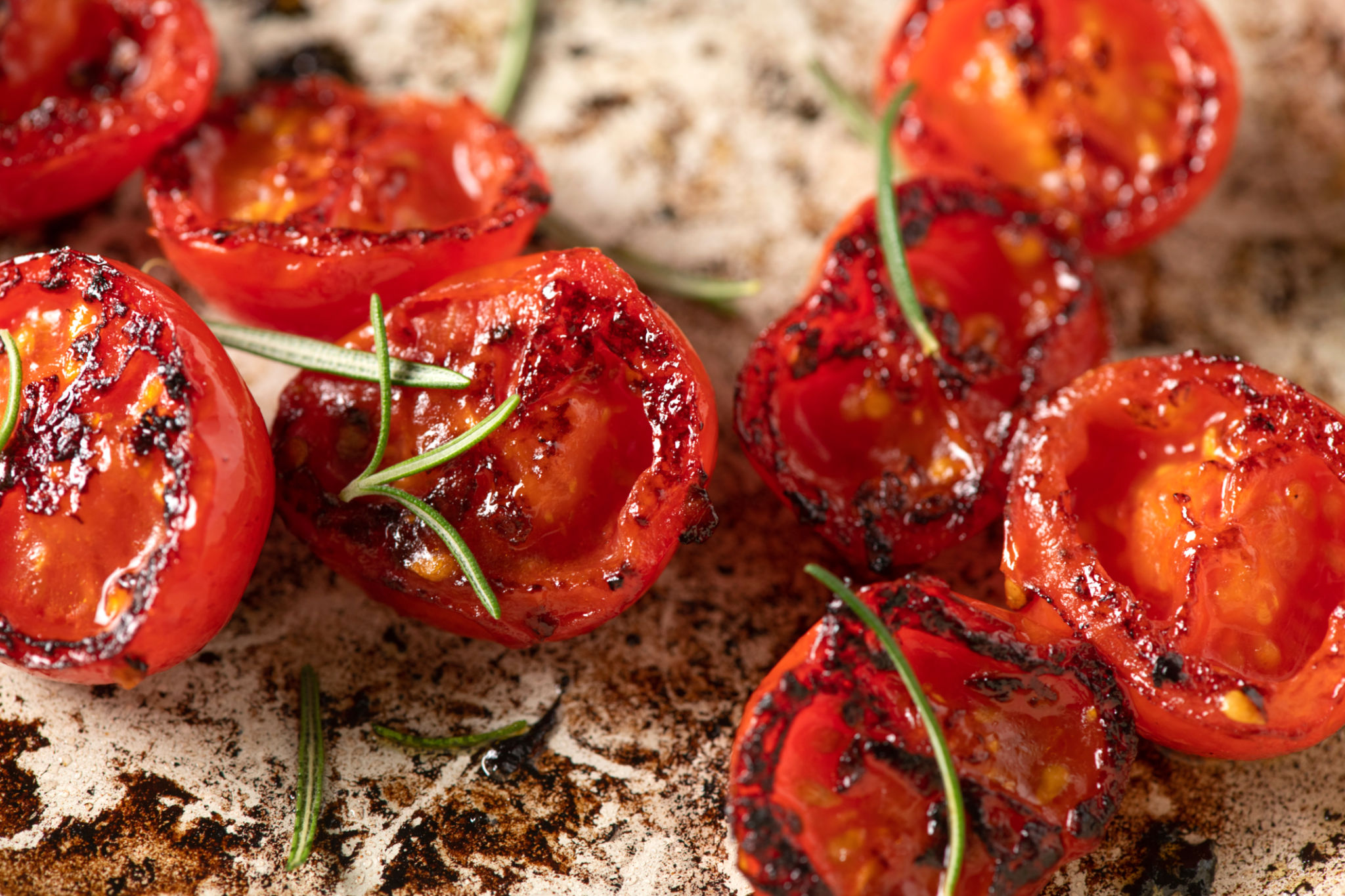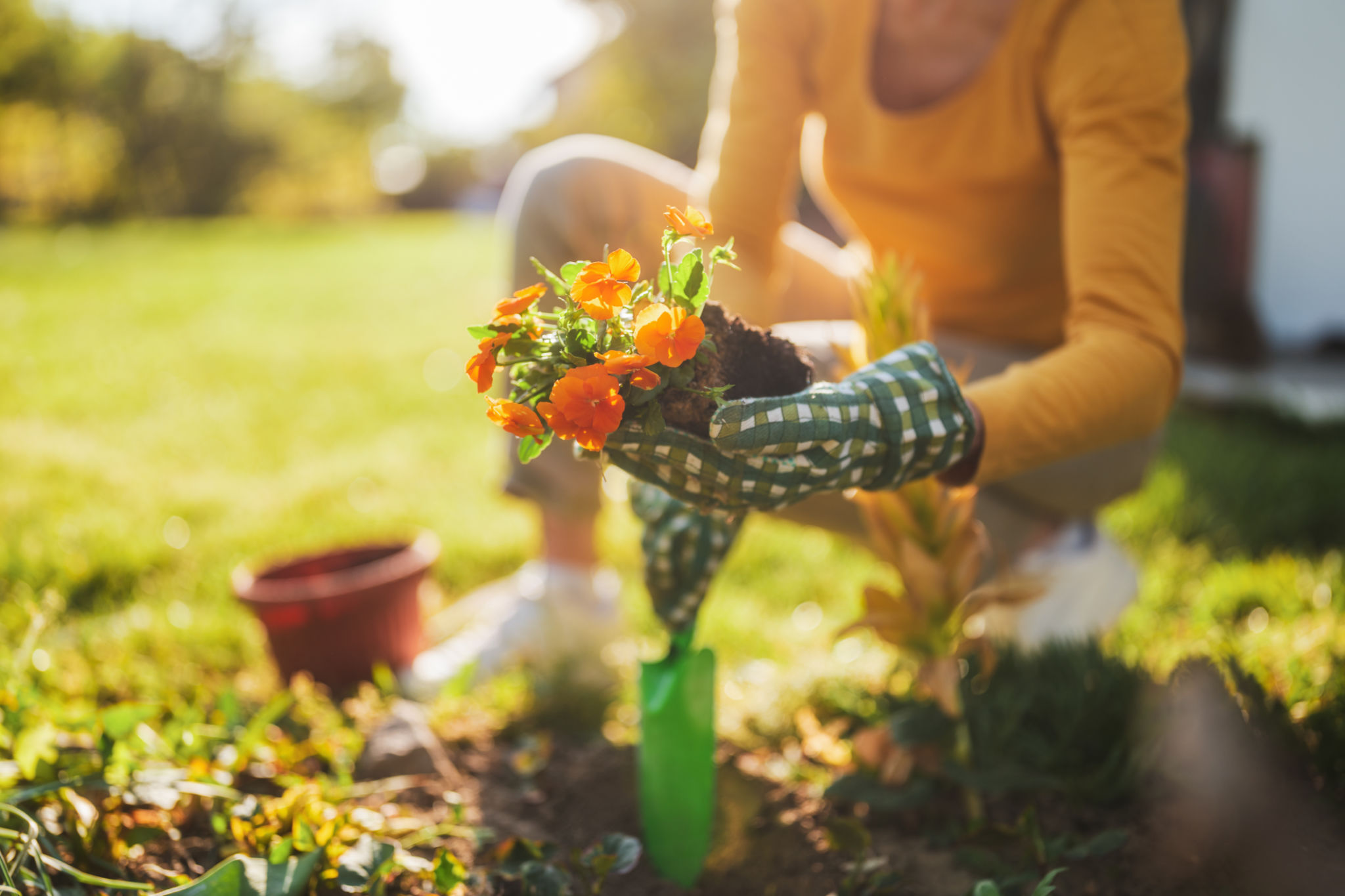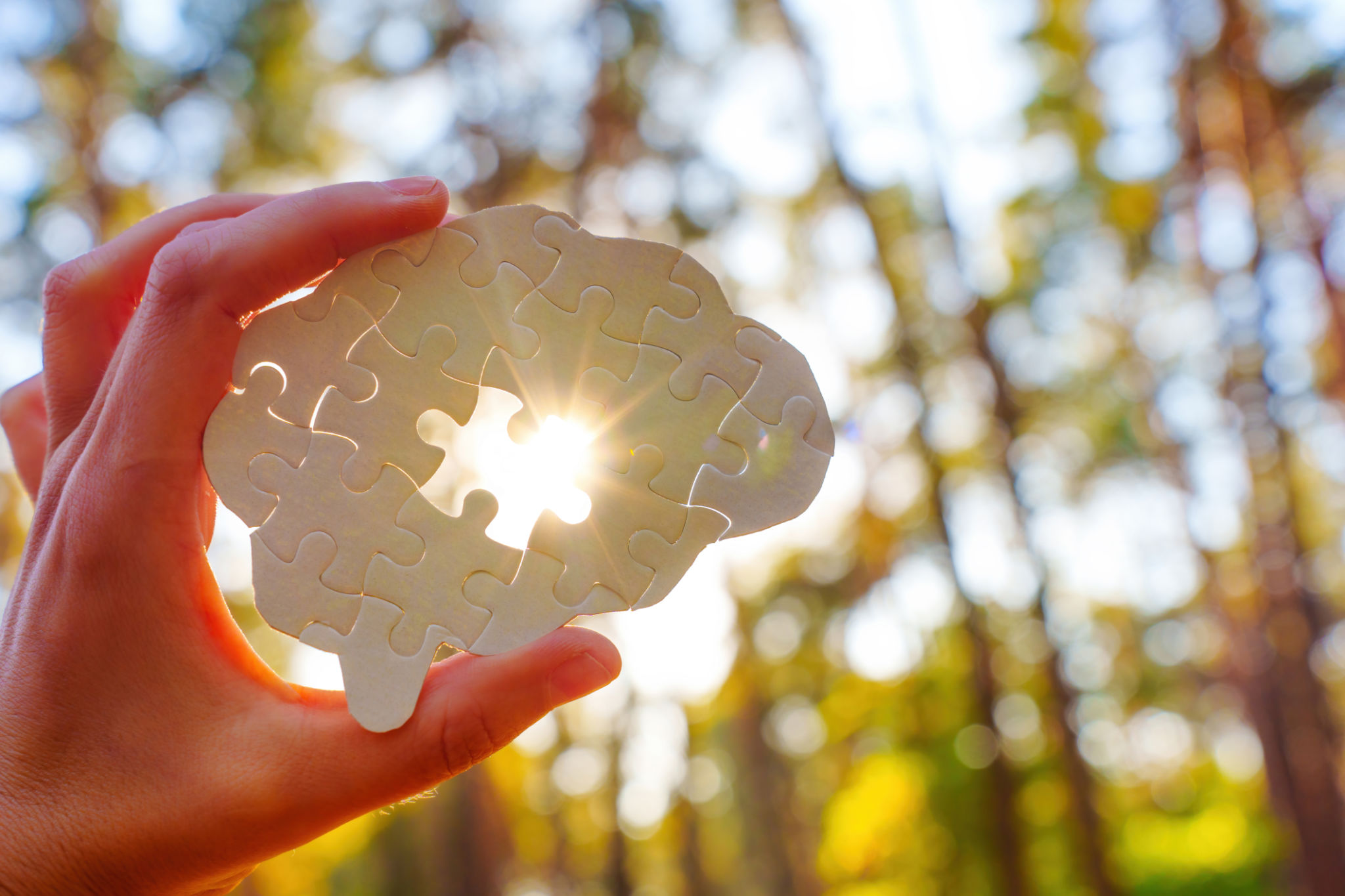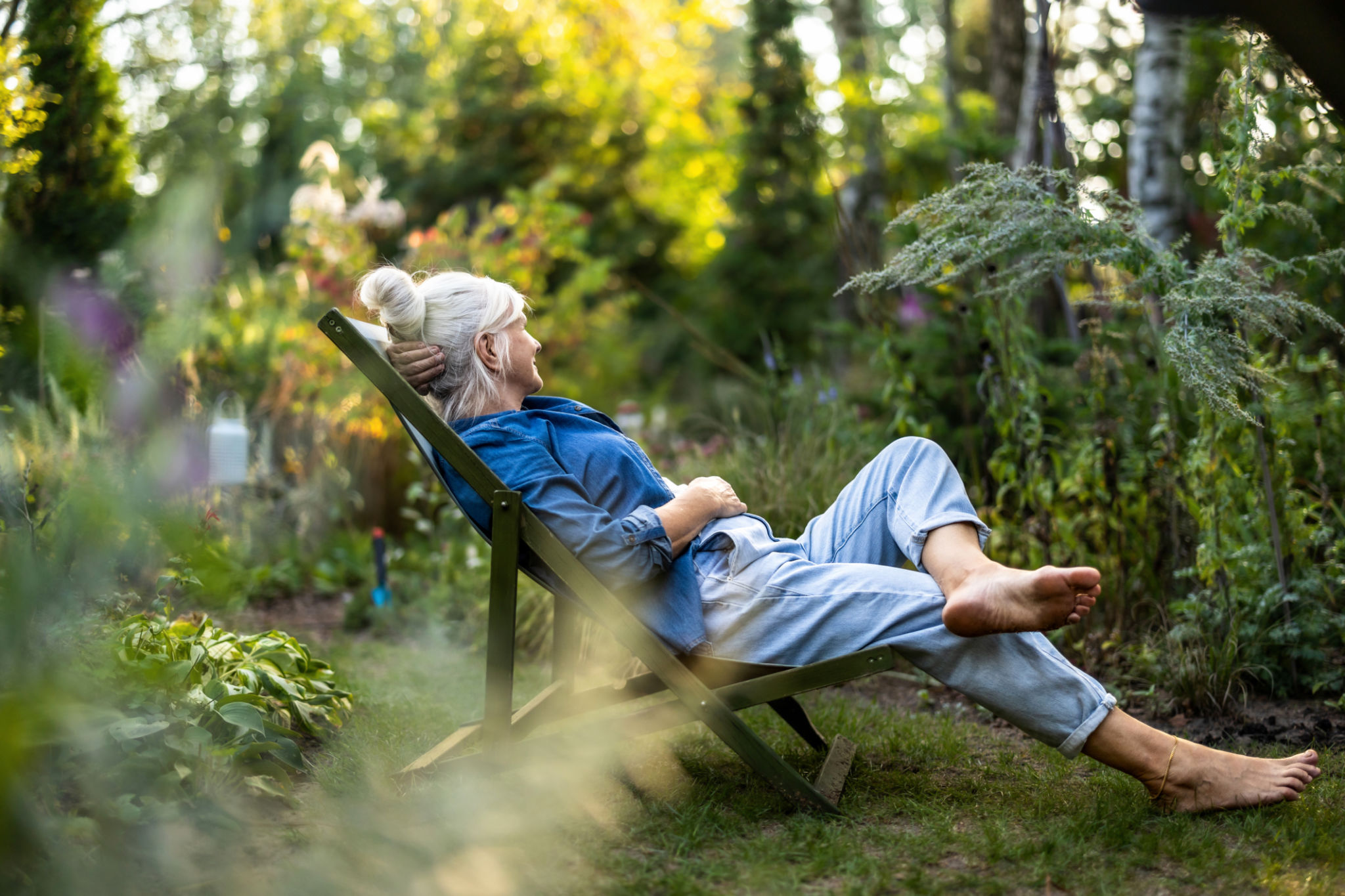Guest Blog on the Benefits of Gardening by Susan McKenna
TS
Why I do what I do
If you’ve ever cradled a tomato warm from the sun, or dug your hands into damp soil after a stressful day, you already know what science is beginning to articulate; growing your own food doesn’t just feed your belly. It feeds your soul. The concept of “from plot to plate” has become a quiet revolution in modern living. Gardening is now widely understood to be more than a charming hobby, it offers tangible benefits for both physical and mental health and the evidence is robust. I know because I’ve moved from the plot to the office and back comparing my empirical findings (my husband has long used this word in his own research!).

A Gym Hiding in Your Garden
Tending a garden counts as moderate-intensity exercise. Pulling weeds, planting seedlings, carrying a watering can; all these movements work your muscles, improve flexibility, and get your heart rate up. Research shows that just 30–45 minutes of gardening burns about 150–300 calories, depending on the task (Zick et al., 2013) so this is often better than the gym where all-too-many people haven’t a clue how to use the various apparatus. Regular gardeners have lower rates of obesity, improved cardiovascular fitness, and reduced risk of type 2 diabetes (Park et al., 2009). Go us!

More impressively, people who grow at least part of their own food tend to eat significantly more fruits and vegetables than those who don’t. Sometimes up to 40% more (Alaimo et al., 2008). That means higher fibre, more vitamins, and a real shot at lowering your blood pressure and cholesterol. And let’s be honest. Kale tastes better when you grow it yourself. In fact, I’d argue all foods do even if they don’t have the ‘expected’ look of supermarkets.
Therapy in the Soil
Then there’s what a garden does for your mind. In a world fuelled by constant notifications (aggghhhhhhhh), gardening offers a rare antidote: slowness and off screen time. Numerous studies have documented its effect on reducing symptoms of anxiety, depression, and even trauma (Soga et al., 2017). One meta-analysis found that gardening interventions reduced depression and anxiety scores by an average of 18–25% (Clatworthy et al., 2013).

Some of this magic comes from exposure to nature; what psychologists call “biophilia.” But digging into the dirt itself has been linked to mood-boosting effects, possibly because of beneficial soil microbes like Mycobacterium vaccae, which can trigger serotonin production in the brain (Lowry et al., 2007). Working in a garden is, well, grounding.
Growing Connection
Beyond the individual benefits, gardening often fosters connection with family, neighbours, and community. Sharing your surplus courgettes or swapping seeds at the gate creates bonds that, in turn, improve mental well-being. Community gardeners report higher life satisfaction and lower feelings of loneliness than non-gardeners (Hawkins et al., 2011).
Start Where You Are
The best part? You don’t need acres of land to reap the rewards. A few pots on a balcony, a raised bed in the back garden, or even a sunny windowsill herb box is enough to get started. When you plant a seed, you’re planting much more than lettuce or basil. You’re planting intention. You’re planting movement, fresh air, better nutrition, and perhaps most crucially a moment to breathe. So grab a trowel. From plot to plate, your garden can nourish you in ways the supermarket never will.

*Susan McKenna is a keen gardener and holds qualifications in horticulture in addition to social care. She is the Director of Book Hub Publishing based in Ireland with offices in Athenry and Limerick. She is currently completing edits on her latest book; surprisingly on the theme of gardening!
References
Alaimo, K., Packnett, E., Miles, R. A., & Kruger, D. J. (2008). Fruit and vegetable intake among urban community gardeners. Journal of Nutrition Education and Behavior, 40(2), 94–101. https://doi.org/10.1016/j.jneb.2006.12.003
Clatworthy, J., Hinds, J., & Camic, P. M. (2013). Gardening as a mental health intervention: A review. Mental Health Review Journal, 18(4), 214–225. https://doi.org/10.1108/MHRJ-02-2013-0007
Hawkins, J. L., Mercer, J., Thirlaway, K. J., & Clayton, D. A. (2011). “Doing gardening” and identity: A study of older adults in Wales, UK. Ageing & Society, 31(5), 841–857. https://doi.org/10.1017/S0144686X10001185
Lowry, C. A., Hollis, J. H., de Vries, A., Pan, B., Brunet, L. R., Hunt, J. R., … & Rook, G. A. W. (2007). Identification of an immune-responsive mesolimbocortical serotonergic system: Potential role in regulation of emotional behaviour. Neuroscience, 146(2), 756–772. https://doi.org/10.1016/j.neuroscience.2007.01.067
Park, S. A., Shoemaker, C. A., & Haub, M. D. (2009). Physical and psychological health conditions of older adults classified as gardeners or nongardeners. HortScience, 44(1), 206–210. https://doi.org/10.21273/HORTSCI.44.1.206
Soga, M., Gaston, K. J., & Yamaura, Y. (2017). Gardening is beneficial for health: A meta-analysis. Preventive Medicine Reports, 5, 92–99. https://doi.org/10.1016/j.pmedr.2016.11.007
Zick, C. D., Smith, K. R., Kowaleski-Jones, L., Uno, C., & Merrill, B. J. (2013). Harvesting more than vegetables: The potential weight control benefits of community gardening. American Journal of Public Health, 103(6), 1110–1115. https://doi.org/10.2105/AJPH.2012.301009